Hardness of a mineral
Hardness of a mineral
Some minerals are harder than others. The hardness of a mineral is a good tool you can use to help identify minerals.
In 1812, a man named Fredrich Mohs invented a scale of hardness called Mohs Scale which is still used today. He selected ten standard minerals, and arranged them in order of increasing hardness. Talc is the softest and diamond is the hardest. Each mineral can scratch only those below it on the scale.
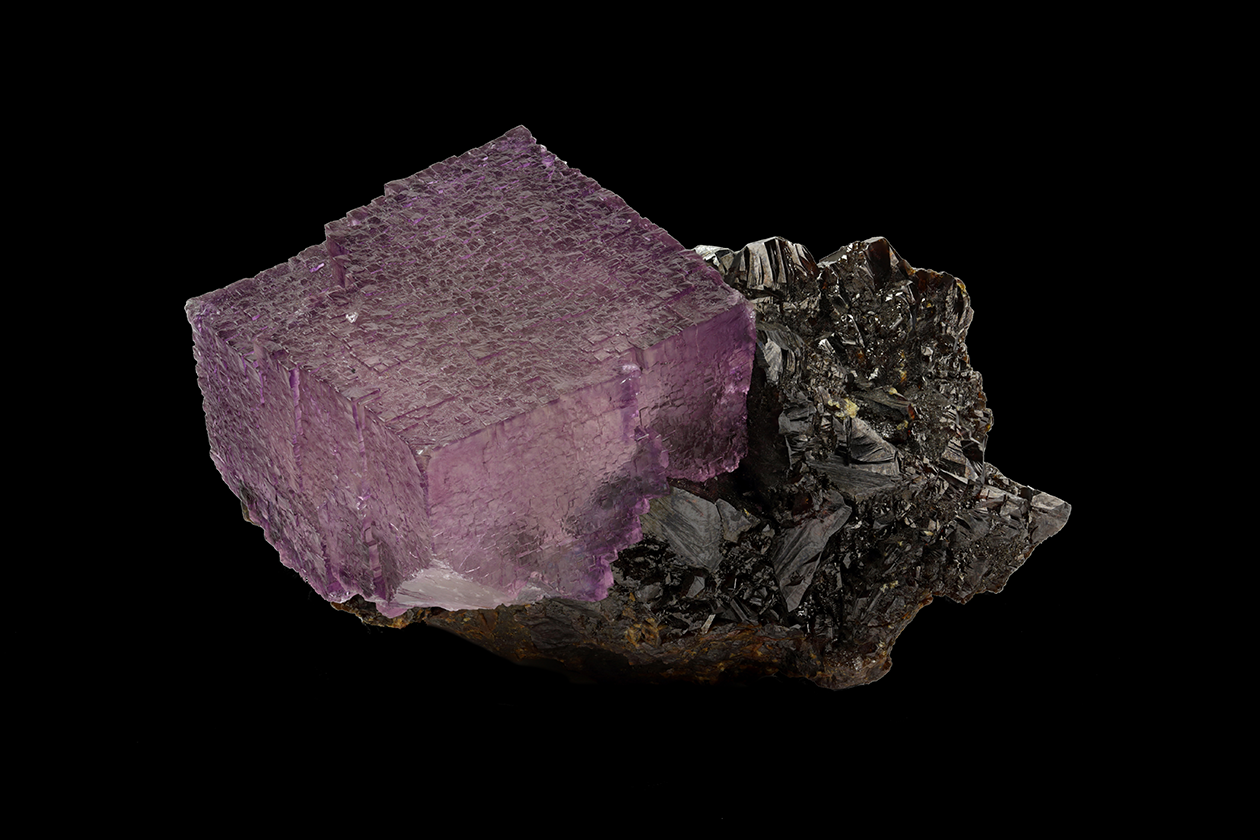
About this resource
Science topic: Minerals
Key Stage: KS2, KS3
Type: Information
Keywords: minerals, hardness of a mineral, mineral properties, Mohs scale
Mohs scale of mineral hardness
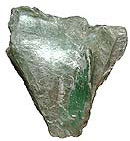
Talc
Hardness: 1
Colour: Silvery green, grey or white
Streak: White
Lustre: Dull to pearly or greasy
Other characteristics: Has a soapy feel to the touch
Gemstone quality: No - talc is too soft to be a gemstone.
Industrial uses: Is used in talcum powder, make-up and in paper making.

Gypsum
Hardness: 2
Colour: Usually white, colourless or grey
Streak: White
Lustre: Vitreous to pearly
Other characteristics: Some samples are fluorescent
Gemstone quality: No - gypsum can crack quite easily and is too soft to be a gemstone.
Industrial uses: Is used in making cement, plaster board and plaster casts.
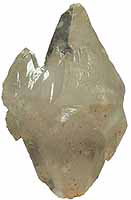
Calcite
Hardness: 3
Colour: Usually white, colourless or light yellow
Streak: White
Lustre: Vitreous
Other characteristics: Fizzes in dilute acids, some samples are fluorescent
Gemstone quality: No - calcite can crack quite easily and is too soft to be used in jewellery.
Industrial uses: Calcite makes up rocks like limestone and marble - important building stones. It is also used in making cement.
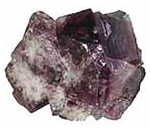
Fluorite
Hardness: 4
Colour: Generally purple, blue, green or yellow or colourless, a single crystal can be multi-coloured
Streak: White
Lustre: Vitreous
Other characteristics: Often fluorescent
Gemstone quality: Rarely used as a cut gemstone (like diamond), but can be used as beads in jewellery or carved into figurines.
Industrial uses: Is used in toothpastes and is used to make the non-stick coating on frying pans.
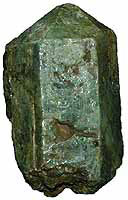
Apatite
Hardness: 5
Colour: Usually green but also yellow, blue, reddish-brown or purple
Streak: White
Lustre: Vitreous to greasy, sometimes waxy
Other characteristics: A 'partially dissolved' look, like boiled sweets that have been in your mouth for a while
Gemstone quality: Attractive crystals can be cut as gemstones, but apatite is still too soft to be used much in jewellery.
Industrial uses: Important source of phosphate in fertilisers.

Orthoclase
Hardness: 6
Colour: Off-white, yellow, or shades of red, orange and brown
Streak: White
Lustre: Vitreous to dull
Other characteristics: Some crystals may show opalescence and are called moonstone
Gemstone quality: Moonstone is often used in jewellery, but it is not a very valuable gem.
Industrial uses: It is an important constituent in glass. It is also found in granite, a decorative building stone. Orthoclase is an important mineral in granite, a decorative building stone.
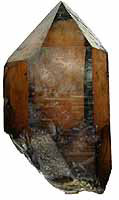
Quartz
Hardness: 7
Colour: White and colourless are by far the most common forms, but it can also be purple (amethyst), pink (rose quartz), or brown to black (smoky quartz)
Streak: White
Lustre: Crystals are usually vitreous
Other characteristics: Crystals are often found in the shape of a hexagonal prism, with a six sided pyramid 'peak'
Gemstone quality: It is hard enough to be cut and used commonly in jewellery. Amethyst, rose quartz and citrine are often used in pendants and earrings, but it is not a very valuable stone.
Industrial uses: It is the main ingredient of glass and is also used in components of computers, watches and clocks. Quartz is used to make glass and silicon chips in computers. The timing in watches is often controlled by quartz pieces.
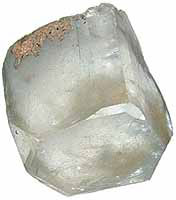
Topaz
Hardness: 8
Colour: Colourless, yellow, orange, pink and blue
Streak: White
Lustre: Vitreous
Other characteristics: Crystals can reach huge sizes - sometimes several hundred thousand kilograms!
Gemstone quality: RTopaz has been used for centuries in jewellery and it can be a valuable gemstone.
Industrial uses: Not used much in industry.

Corundum
Hardness: 9
Colour: Can be white or colourless, red, blue, yellow, green, brown, purple, and pink
Streak: White
Lustre: Vitreous to adamantine Other characteristics: It can have a conchoidal (shell-shaped) fracture
Gemstone quality: The red variety of corundum is known as ruby and all the other colours of corundum are known as sapphire. Both varieties are highly prized gemstones.
Industrial uses: Powdered corundum is an abrasive used to make sandpaper and emery boards. Corundum is used to make sandpaper and emery boards you use to file your fingernails.

Diamond
Hardness: 10
Colour: Variable - pale yellow, brown, grey, and also white, blue, black, reddish, greenish and colourless
Streak: White
Lustre: Adamantine
Other characteristics: The finest diamond crystals are transparent
Gemstone quality: Diamond is very hard and doesn't scratch easily. Its hardness and its natural beauty mean that diamond has always been a highly valued gemstone.
Industrial uses: Its hardness makes it a useful industrial mineral, coating saw blades, drill bits and other cutting tools. It is also used for cutting other diamonds because nothing else is hard enough.


